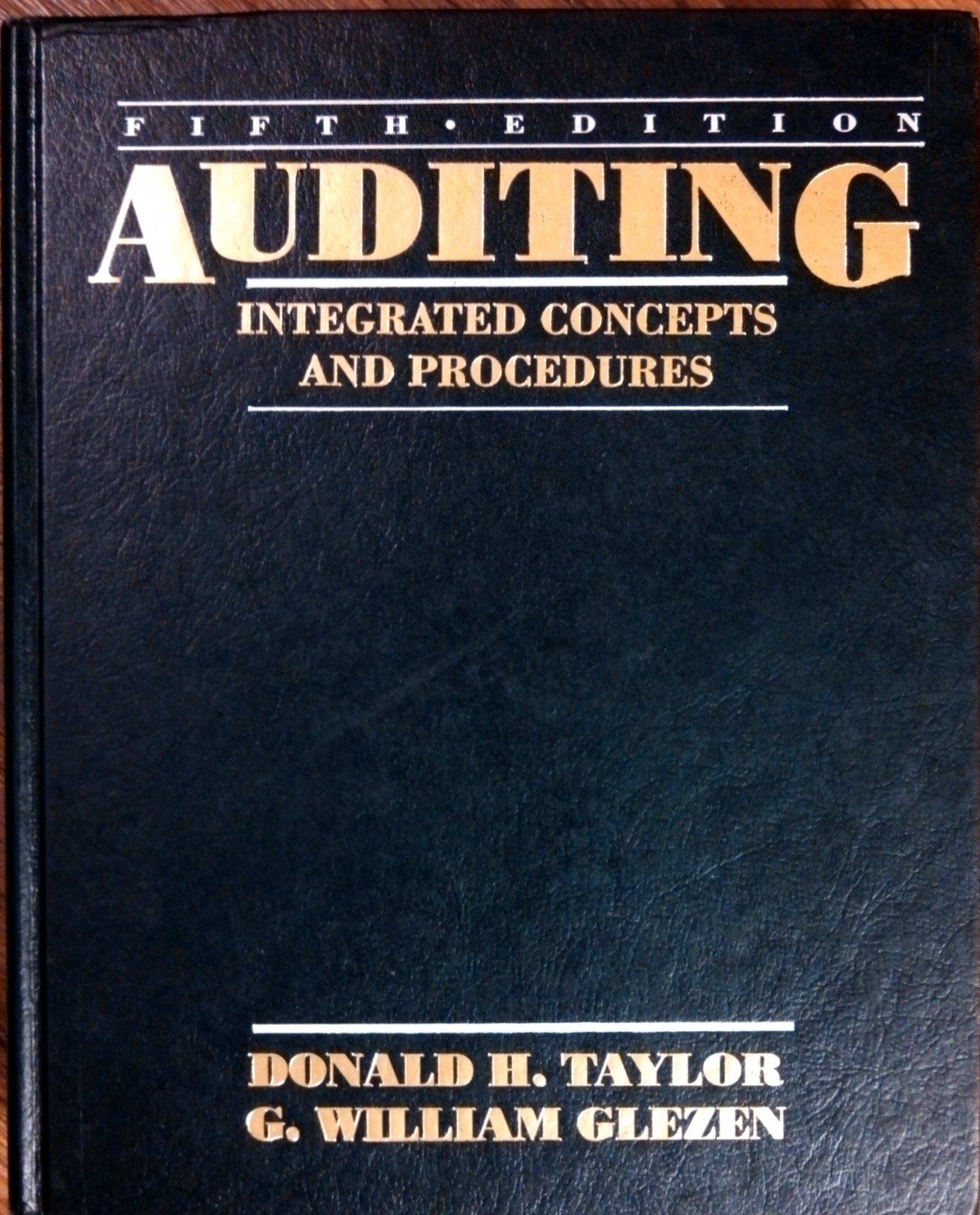Try-Hard Company was organized in early January of 19X7. The company is in the business of taking
Question:
Try-Hard Company was organized in early January of 19X7. The company is in the business of taking computer chips from discarded personal computers and making vases and other items that are used to decorate residences.
Try-Hard had managed to raise \($200,000\) from the sale of capital stock and \($400,000\) by borrowing on a long-term note. In 19X8, they borrowed another \($50,000\) on a long-term note. However, there are provisions in the notes that give the bank the right to call the notes if the current ratio falls below 2 to 1 in the balance sheet issued at the end of the second year of operations.
By using skillful marketing techniques and holding down expenses, the company was “in the black” by 19X8. However, federal authorities had cited Try-Hard several times for paying its employees less than the required minimum wage.
In late 19X8 Try-Hard engaged a CPA firm to audit their financial statements. parts of which are shown in Figures 5.1 and 5.2. During the planning stages of the audit, the CPA firm decided that the threshold of materiality would be a misstatement of income before income tax expense of $10,000.
Required:
a. Using the amounts in Figures 5.1 and 5.2, assign the materiality of \($10,000\) to the appropriate accounts in the financial statements. Supply a written justification for the tolerable error assigned to each account. If you did not assign some of the \($10,000\) to certain accounts, explain why.
b. For each of the accounts to which you assigned some of the \($10,000\) of materiality, indicate what steps you might take if the errors found in the account ex¬ ceeded, by a small amount, the tolerable error assigned to that account.
c. Assume that, after aggregating the errors in each account, the total is \($11,000\). What are the possible actions you could take? Indicate the advantages and disad¬ vantages of each possible course of action.
d. Assume that, after aggregating the errors in each account, the total is \($15,000\). In what way. if any, would your possible courses of action be different than the possible courses of action you might take in situation
c, above?
Step by Step Answer:

Auditing Integrated Concepts And Procedures
ISBN: 9781260299397
5th Edition
Authors: Donald H. Taylor, G. William Glezen





